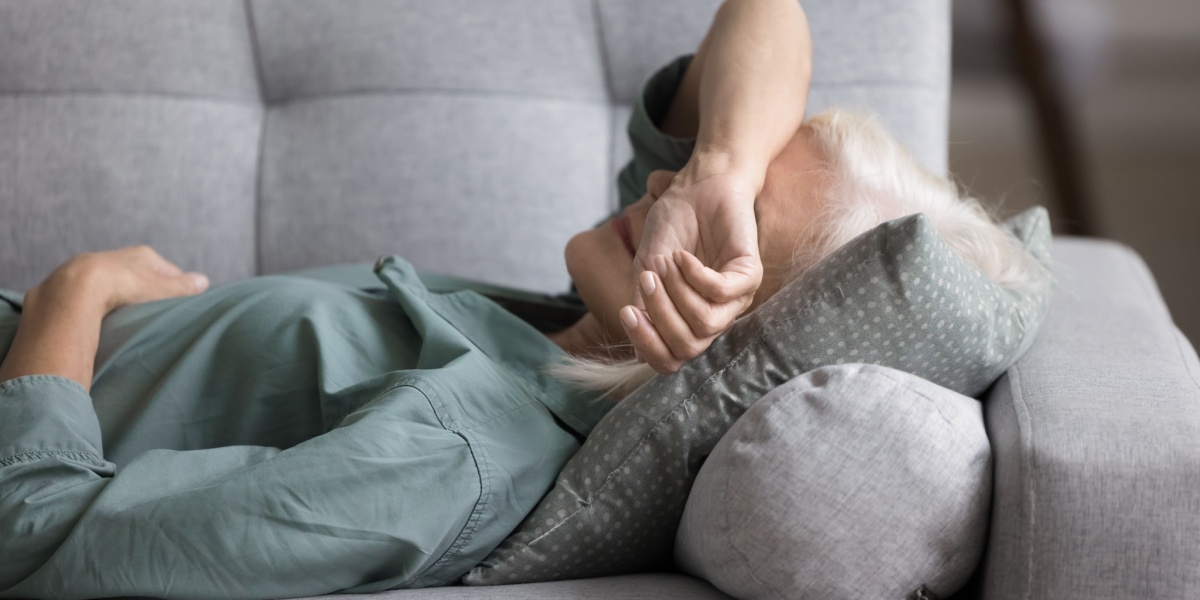Klonopin (clonazepam) is a benzodiazepine commonly prescribed to treat seizures and panic disorder. It is also a widely misused substance that can cause dependence and addiction. Taking too much Klonopin can result in overdose, which can have severe or life-threatening effects and often requires urgent medical care.
- Klonopin (clonazepam) is a benzodiazepine used to treat seizure disorders and panic disorder.
- Klonopin overdose symptoms can include oversedation, extreme drowsiness, confusion, breathing difficulties, loss of consciousness, and death.
- A Klonopin overdose will often require urgent medical care to manage symptoms, and ongoing treatments or support may be necessary.

Understanding Klonopin overdose
Taking more Klonopin than prescribed can lead to an overdose, which can cause dangerous or even fatal effects. [1]
Benzodiazepines are taken for medical purposes and are also widely misused and abused. Klonopin misuse can lead to the development of tolerance, dependence, and addiction, which may increase the risk of overdose. [2]
What is a high dose of Klonopin?
Determining a high Klonopin dose will depend on several factors, including the individual's age, whether they are starting a new treatment, whether tolerance has developed, and the condition being treated.
For example, when starting treatment for a seizure disorder, an initial dose for an adult should be no higher than 1.5 mg per day. However, once treatment is established, the maximum recommended dose may be as high as 20 mg per day. A dose higher than these recommendations could lead to a risk of overdose. [2]
Adults being treated for panic disorder are recommended to have no more than 4 mg per day, as doses higher than this can cause adverse effects and overdose risk. Benzodiazepines are often not recommended to treat anxiety or panic disorder long-term unless the anticipated benefits outweigh the potential risks of treatment. [2]
How does a Klonopin overdose happen?
A Klonopin overdose can happen unintentionally, such as if an individual accidentally takes a double dose of their medication or accidentally takes a higher strength tablet than prescribed.
Someone misusing Klonopin could also accidentally take an overdose. They may be taking large doses for the euphoric and sedative effects, unintentionally taking an amount that causes an overdose. [3]
An overdose could also happen when someone is using or misusing other substances, particularly other central nervous system (CNS) depressants, such as alcohol, opioids, or other benzodiazepines. Using these substances concurrently with Klonopin can cause increased CNS depressant effects and potentially fatal overdose symptoms. [3][4]
A Klonopin overdose might also occur intentionally, if someone is intending to harm themselves or attempt suicide. In these cases, mental health support will be necessary after overdose symptoms have been managed. [4]
Signs and symptoms of Klonopin overdose
Why is a Klonopin overdose dangerous?
The CNS depressant effects of Klonopin can impact breathing and heart functioning, which can be particularly dangerous and may lead to severe or life-threatening outcomes. Urgent medical treatment is needed in the case of a Klonopin overdose. [3][4]
Additionally, benzodiazepine abuse often occurs alongside other substances, which can make a Klonopin overdose especially dangerous. Most fatalities involving benzodiazepines, such as Klonopin, involve polysubstance abuse, particularly opioids. [3]
Klonopin overdose is also dangerous because there is no specific antidote. Flumazenil, a benzodiazepine receptor antagonist, can be given to reverse the effects of Klonopin. However, this treatment can cause additional risks, such as causing serious withdrawal symptoms in those with benzodiazepine dependence or causing seizures in those with seizure disorders. [5]
What to do if you suspect an overdose
If you suspect that someone has taken a Klonopin overdose, call 911 immediately, as life-saving care may be required. Other steps that may be necessary include: [6]
- Checking their airway and breathing.
- Helping to keep them calm.
- Placing them in the recovery position if they are unconscious.
- Gathering information about Klonopin and other substances they have taken, such as the name of each substance, the dosage taken, and whether each substance is prescribed.
Medical management for Klonopin overdose
Treatment for a Klonopin overdose can depend on the severity of symptoms. It may be necessary for the individual to be admitted to hospital for professional monitoring and management of vital signs, such as respiration, pulse, and blood pressure. Other interventions might include intravenous fluids, ventilation to manage airway and breathing, gastric lavage (stomach pumping), or activated charcoal. [2]
In some cases, flumazenil can be administered, which reverses the sedative effects of Klonopin. However, due to the risks associated with flumazenil, this treatment must only be administered with close monitoring to ensure the individual’s safety. Flumazenil should not be given to people with epilepsy or other seizure disorders. [2][5]
It is necessary to ascertain whether other substances have been used, including prescription medications, alcohol, or illicit substances. This can influence treatment requirements and outcomes. For example, if an opioid has been used alongside Klonopin, it may be necessary to administer naloxone, an opioid antagonist. [4][6]
Long-term effects and recovery
Following a Klonopin overdose, individuals can often make a full recovery if they receive effective and timely treatment. If the overdose involves polysubstance use, more serious or long-term effects might occur. [4]
If the Klonopin overdose has occurred in the context of addiction, abuse, or dependence, long-term treatment should involve substance use disorder services. This might include supporting withdrawal, prescribing alternative medications, rehabilitation treatment, and therapy.
In the case of intentional Klonopin overdose, the individual should be referred to mental health services. If they remain at a high risk of suicide, inpatient treatment may be appropriate to ensure their safety. Ongoing mental health support might include therapy and medications. [4]
People using prescribed or illicitly obtained Klonopin may benefit from education about safe drug use and harm reduction strategies.
Preventive measures and safe use
To help prevent Klonopin overdose, people who are prescribed the medication should take it exactly as directed by the prescribing physician. Any concerning side effects should be reported to the doctor, as it may be necessary to change the dose or use alternative medications.
Additionally, before commencing treatment, it is important to inform the prescribing physician of all substances, medications, and supplements being used, as this can impact the effectiveness of the medication and may increase the risk of overdose. [2] The doctor should also be informed about any physical health conditions and history of substance misuse.
Klonopin should not be taken without a prescription. Taking more Klonopin than is prescribed or in an unintended manner, such as crushing and snorting the tablet, will increase the risk of overdose. [3]

-person-thumbnail.jpg?v=1758880627)
-guide-detail.jpg?v=1756808835)